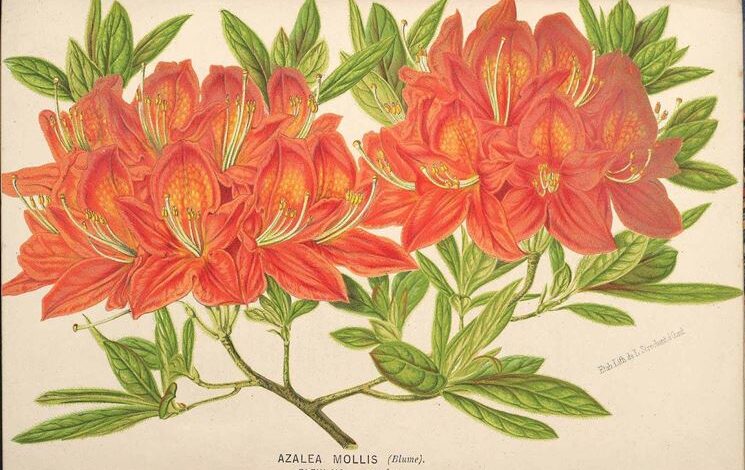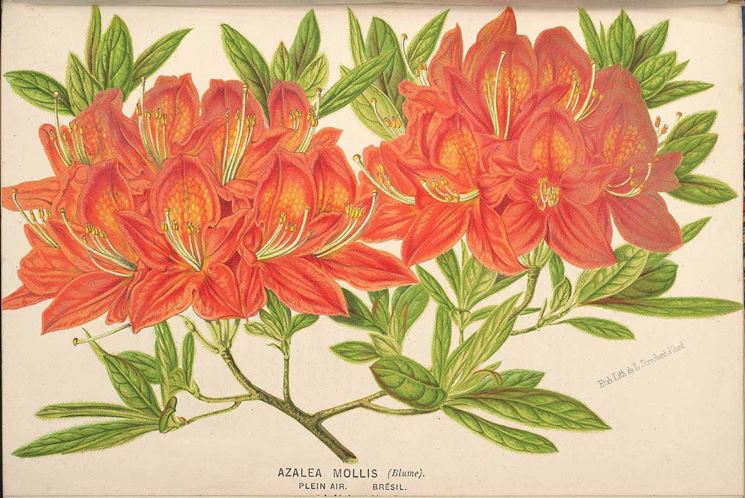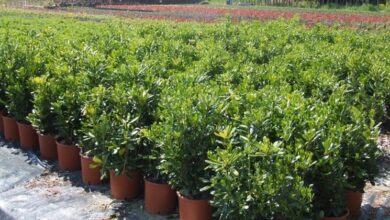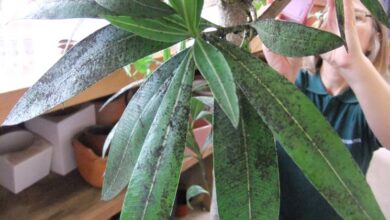Rhododendron and azalea
Rhododendrons and azaleas are brightly colored flowering plants that are very popular in our gardens. Both belong to the Rhododendron genus, which is widespread in Europe and Asia. The varieties of this species are very numerous, and in addition to those existing in nature, there are also those that have been created by grafts and crossings. The Rhododendron genus is in fact divided into eight subgenera, and the azalea represents two of these subgenera. The definition of azalea mollis is given to those rhododendrons with deciduous leaves, while most of the other varieties are evergreen. Specifically, the azalea molis was born from the union of the japonic rhododendron and the soft rhododendron. This gives it its characteristics, that is a flowering of yellow-orange corollas, generally little or no perfumed.
The characteristics of the azalea mollis
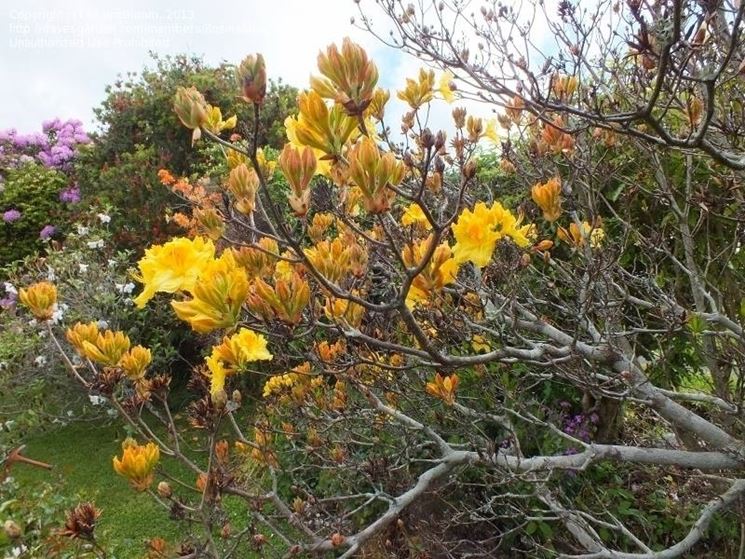
The azalea mollis has characteristics that unite it to the Rhododendron genus, which is shrubby and very resistant. Specifically, however, the azalea mollis conforms to not very large bushes, which can reach a maximum of two meters in height. Its branches are very thin, as well as its roots, which are also very branched. The leaves have a beautiful green color, and fall in winter, and then usually reappear together with the first flowers, in April. It can happen that the flowers appear earlier than the leaves, and this gives the azalea mollis a very special appearance in spring. The flowers, as we said, have colors ranging from light yellow to bright orange, but there are also manipulated varieties that have other colors, from white to pink.
The cultivation of azalea mollis
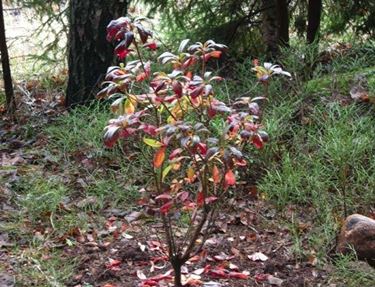
Azalea mollis is a highly ornamental plant, both to be placed in a flower bed in the garden and to be kept in pots indoors. The care it needs to thrive luxuriantly, and above all to produce its splendid flowers, are not many. The important thing is to know its nature accurately. Azalea is in fact an acidophilic plant: this means that acid substances must always be dissolved in the composition of its soil to help it maintain its ideal habitat. For example, peat mixed with soil is ideal; also you can use a special fertilizer in granules, to be spread all around the roots, which melts at the time of watering. The azalea mollis does not need a lot of water only in the winter period,
The azalea molis is a very resistant plant to low temperatures; it loves being in humid and shady places, but it also needs to receive sunlight, albeit not directly. However, water stagnation should always be avoided, which would cause the roots to rot, or vice versa if the soil dries out too much. Only if the azalea mollis is in pot, during the coldest winters it is good to cover it, because the earth around the roots could freeze. It does not require special pruning: you can limit yourself to cutting the longer branches that go upwards, because they would make the shape of the bush less ordered. What you must take care to do instead consists in removing the dried flowers, up to the branch, because otherwise these would produce the fruits and then the seeds, and this would deprive the plant of the strength to bloom again. Obviously, if you want to put the seed aside, you can leave the withered flowers on the branches.
